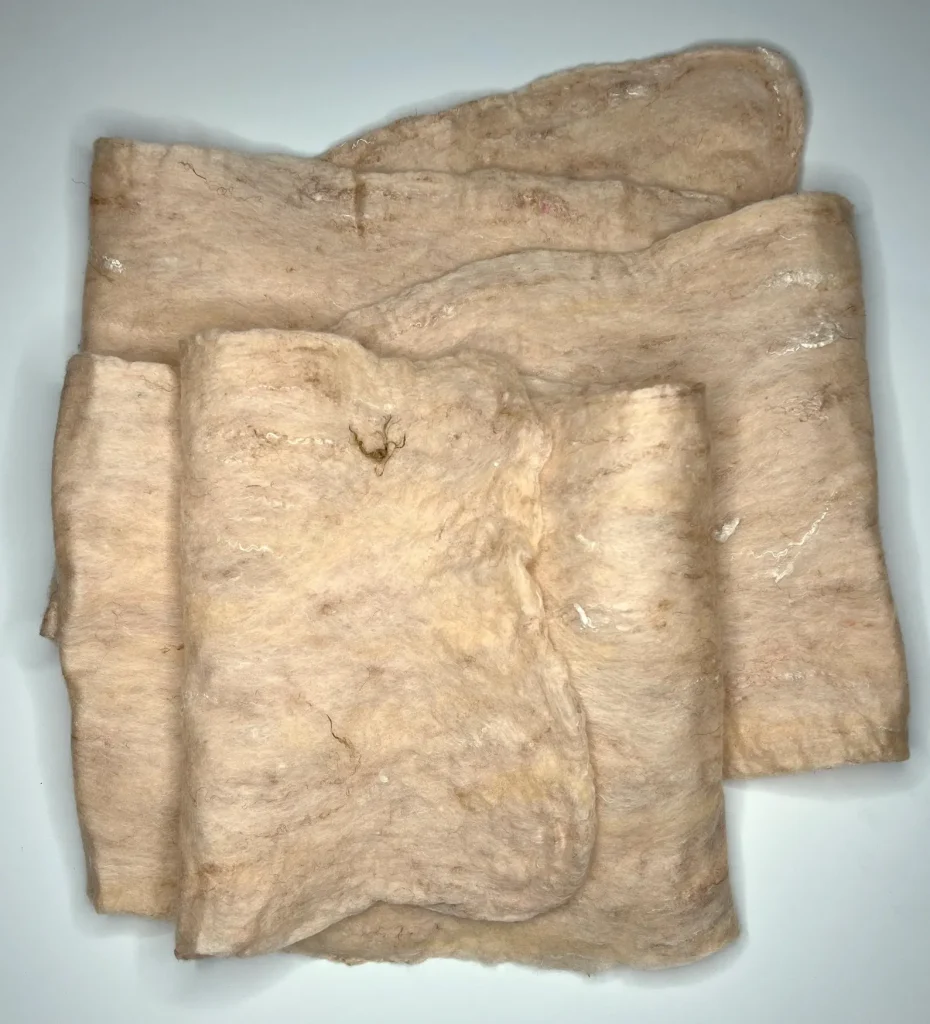News
The Cultural Significance of Handmade Felt Scarves
Handmade felt scarves are more than just fashion accessories; they are embodiments of cultural heritage and artistic traditions. Across various cultures, the craft of felt making holds deep significance, reflecting histories, identities, and communal practices. This article explores the cultural narratives woven into handmade felt scarves and their role in preserving and celebrating heritage.
Historical Roots of Felt Making
Felt is believed to be one of the oldest known textiles, with evidence of its use dating back to ancient civilizations in Central Asia and the Middle East. Nomadic tribes relied on felt for clothing, shelter, and ceremonial items, valuing its durability and insulating properties. The techniques and patterns developed during these times have been passed down through generations, each carrying symbolic meanings.
Symbolism in Felt Scarf Designs
In many cultures, the designs and motifs featured in felt scarves are imbued with symbolism:
Protective Symbols: Certain patterns are believed to ward off evil spirits or bring good fortune to the wearer.
Nature-Inspired Motifs: Elements like flowers, animals, and celestial bodies often represent harmony with nature and the universe.
Geometric Patterns: These may signify concepts such as eternity, unity, or the interconnectedness of life.
Regional Variations and Techniques
Different regions have developed distinct styles and techniques in felt making:
Central Asia: Countries like Mongolia and Kyrgyzstan have rich traditions of felt making, with artisans creating intricate patterns using natural dyes and wool from local sheep.
Scandinavia: Nordic countries have incorporated felt into their textile traditions, often emphasizing minimalist designs and functionality.
**Middle East

